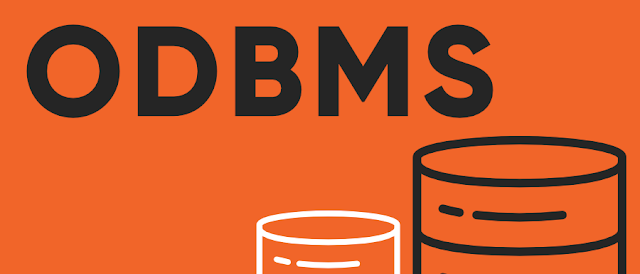The ODBMS which is an abbreviation for object-oriented database management system is the data model in which data is stored in form of objects, which are instances of classes. These classes and objects together make an object-oriented data model.
Read More: 1Z0-067: Upgrade Oracle 9i/10g/11g OCA to Oracle Database 12c OCP
Components of Object-Oriented Data Model:
The OODBMS is based on three major components, namely: Object structure, Object classes, and Object identity. These are explained below.
1. Object Structure:
The structure of an object refers to the properties that an object is made up of. These properties of an object are referred to as an attribute. Thus, an object is a real-world entity with certain attributes that makes up the object structure. Also, an object encapsulates the data code into a single unit which in turn provides data abstraction by hiding the implementation details from the user.
The object structure is further composed of three types of components: Messages, Methods, and Variables. These are explained below.
1. Messages –
A message provides an interface or acts as a communication medium between an object and the outside world. A message can be of two types:
◉ Read-only message: If the invoked method does not change the value of a variable, then the invoking message is said to be a read-only message.
◉ Update message: If the invoked method changes the value of a variable, then the invoking message is said to be an update message.
2. Methods –
When a message is passed then the body of code that is executed is known as a method. Whenever a method is executed, it returns a value as output. A method can be of two types:
◉ Read-only method: When the value of a variable is not affected by a method, then it is known as the read-only method.
◉ Update-method: When the value of a variable change by a method, then it is known as an update method.
3. Variables –
It stores the data of an object. The data stored in the variables makes the object distinguishable from one another.
2. Object Classes:
An object which is a real-world entity is an instance of a class. Hence first we need to define a class and then the objects are made which differ in the values they store but share the same class definition. The objects in turn correspond to various messages and variables stored in them.
Example –
class CLERK
{ //variables
char name;
string address;
int id;
int salary;
//methods
char get_name();
string get_address();
int annual_salary();
};
In the above example, we can see, CLERK is a class that holds the object variables and messages.
An OODBMS also supports inheritance in an extensive manner as in a database there may be many classes with similar methods, variables and messages. Thus, the concept of the class hierarchy is maintained to depict the similarities among various classes.The concept of encapsulation that is the data or information hiding is also supported by an object-oriented data model. And this data model also provides the facility of abstract data types apart from the built-in data types like char, int, float. ADT’s are the user-defined data types that hold the values within them and can also have methods attached to them.
Thus, OODBMS provides numerous facilities to its users, both built-in and user-defined. It incorporates the properties of an object-oriented data model with a database management system, and supports the concept of programming paradigms like classes and objects along with the support for other concepts like encapsulation, inheritance, and the user-defined ADT’s (abstract data types).
Source: geeksforgeeks.org





0 comments:
Post a Comment